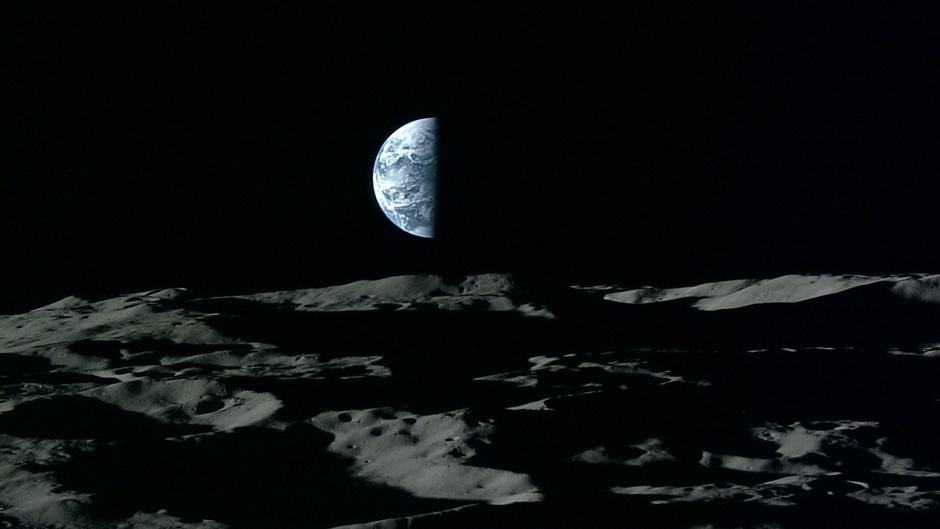
The system under development uses solar concentrators to store heat in the lunar soil (or regolith) during the day which can then be released during the lunar night. Depending on the altitude, lunar night can last for as long as two weeks, with temperatures often dipping below -170°C.
Numerous robotic missions have perished during this prolonged cold. Russia’s Lunokhod-2 rover, for instance, failed to make it through the night in May 1973, its radioactive heater having gradually run down after four months of exploring.
The Apollo manned missions stayed on the surface only a few days at a time, and all during the early lunar morning.
“Up until now, radioactive heat and power sources have been the preferred solution for lunar habitats,” saids ESA’s Moritz Fontaine. “But these would multiply the cost and complexity of any expedition. So we’re exploring a more sustainable solution, using the capacity of moondust to absorb and store energy when hit by sunlight, then releasing this energy during the lunar night.”
The basic concept involves multiple mirrors to channel sunlight into processed lunar regolith, into which a heat engine would be placed.
Driven by the temperature difference, this heat engine would be kept running directly by the heat of the Sun during the day – illuminated surface temperatures rise well above 100ºC at the equator – while simultaneously storing excess heat in the soil.
Once night falls, the heat engine would be kept running in turn by the gradual release of the energy from the heated soil.
The team is now carrying out numerical and simulation studies ahead of building a small demonstrator system to test the concept in practice.










Emergency law passed to protect UK steelmaking
<b>(:-))</b> Gareth Stace as director general of trade body UK Steel, is obviously an expert on blast furnace technology & operation. Gareth...